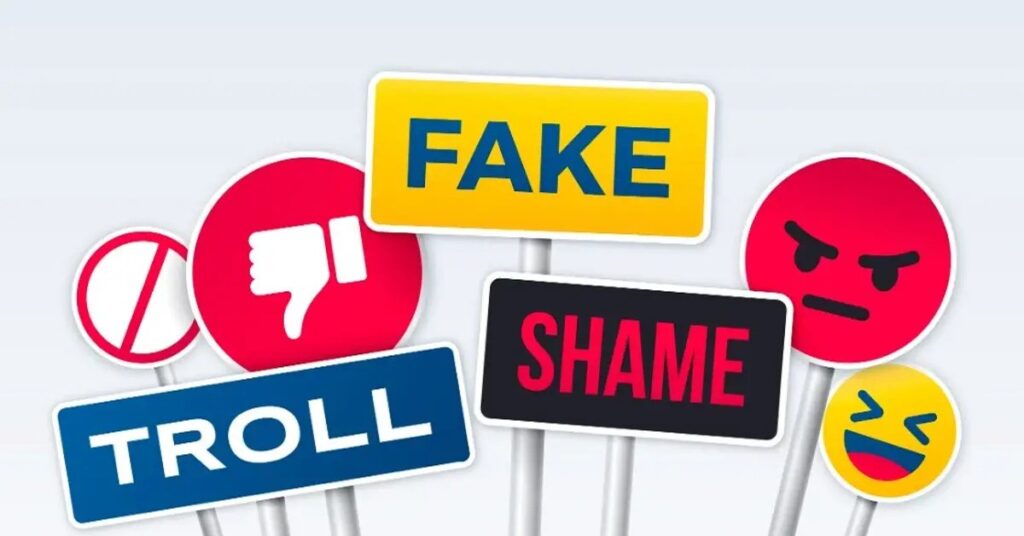Advancing gender equality in advertising is a business imperative for any brand that wants to thrive and survive in the future, says Christine Guilfoyle, President of SeeHer, a leading global movement to eliminate gender bias in marketing media and entertainment.
She pointed out that younger consumers have higher expectations when it comes to accurate portrayals of women in advertising and lower tolerance for gender stereotypes. “Considering the economic purchasing power of women and long-term purchasing power of younger generations, the time is now for brands and marketers to prioritize gender equity best practices in their marketing strategies for real economic impact.”
Accurate gender representation in advertising, as per SeeHer’s latest ‘Gender Equality Measure Lift research’ is driving measurable business outcomes for brands such as heightened consumer trust, loyalty, and most importantly, improved sales performance. SeeHer partnered with L’Oreal, Kellogg, Kellanova, Nestle, and Georgia Pacific to analyze 24 creatives, with Circana, across eight brands. It focused on the value that brands have been capturing over the last five years by investing in gender equality in their advertising campaigns.
![]()
The study established that creative advertising that overturns long-held stereotypes and accurately represents women can drive incremental sales of up to 10x – a notable increase compared to a 5x sales lift seen in the 2019 analysis. It said stronger uplift in sales from exposure to higher-GEM-scoring creatives is also seen among men and consumers of different races, ethnicities, and generations.
Erika Digirolamo, Director of Media and Marketing Solutions for Circana, said brands are starting to appreciate how gender equality in advertising can drive sales growth. “Our research continues to prove that accurately representing women of different ethnicities and ages can boost sales. Equality starts with cultural perceptions and media plays a key role in both furthering and combating cultural perceptions, and quantitative evaluation is key to moving the industry in an upward direction.”
Latha Sarathy, Chief Research Officer for the ANA and SeeHer, said a majority of consumers understand the immense power that advertising and media have in challenging stereotypes and shaping gender roles. “Yet, we have seen portrayals of women take a step backward with an 18% decline in women shown in leadership roles over the past two years. Advertising and media need to be a force for change to unlock the $10 trillion purchasing power of women in the US and meet rising consumer expectations of how women and girls are depicted in creative content with intentionality across different audience segments.”
The latest study also emphasized the need for brands to consider race and ethnicity to recognize optimal value. It noted increases in sales among African-American and Hispanic consumers. Findings established that featuring ethnically diverse women on screen leads to improved return on advertising investment among all households irrespective of race or ethnicity.
Also Read: Trivago Brand Evolution, New Logo With AI-Driven Television Ad Campaign



